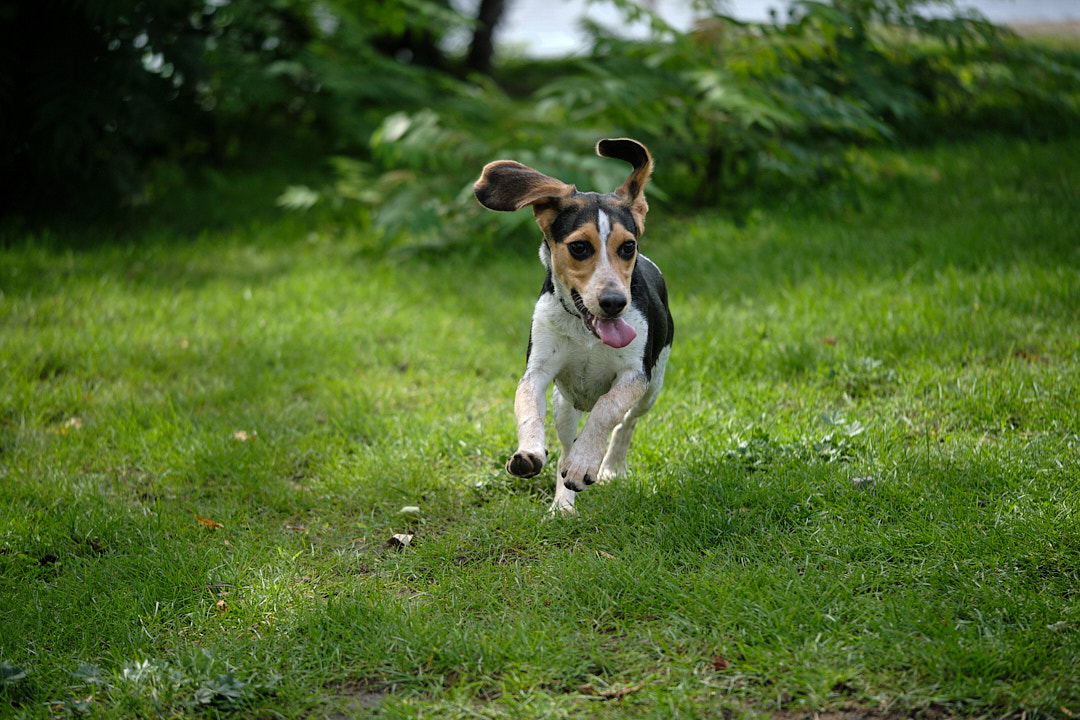
ISO 320, F2.8, 1/2500s
In photography, the shutter speed of your camera is the speed at which the physical and/or electronic curtain passes over the electronic sensor or film. Shutter speed is typically measured in seconds to represent a duration. Modern camera shutter speeds range anywhere from 30 seconds or longer, to as fast as 1/8000s for good physical shutters, and down to 1/32000s for electronic shutters.
Typical camera shutter speeds, full stop increments.
- 2s
- 1s
- 1/2s
- 1/4s
- 1/8s
- 1/15s
- 1/30s
- 1/60s
- 1/125s
(You may notice that they are not exactly halved each stop - these values were chosen for convenience by camera manufacturers years ago. They are close enough to be considered full stop values.)
There are several effects that shutter speed has on your final image. First and foremost, it changes the duration of time that your sensor is exposed to light, hence it increases or decreases your exposure (typically measured in stops (EV)). A doubling of the duration increases the exposure by 1 stop, and a halfing of duration decreases the exposure by 1 stop.
Furthermore, slow shutter speeds have the effect of smearing out an image over time. In some cases this is a desirable effect, such as when taking a photo of a waterfall but wanting the water to appear glassy smooth. Faster shutters speeds are also desirable in some cases - take for example photographing sports. Often you would want to freeze the motion, and for that you would need a sufficiently faster shutter speed.
An often overlooked side-effect of too slow shutter speeds is fuzzy images - not because the subject may be moving, but because the camera itself is moving! (Camera shake!). When hand-holding a camera, the muscles in our hands impart a barely noticeable but measurable shake to the camera. If the shutter speed is too slow, this effect shows up as blurry images. This must be taken into account when doing photography with slow shutter speeds. A tripod or monopod can usually help with this (although they are not convenient to carry around). Good hand-holding technique is advised.
To avoid blurry images due to camera shake, a sufficiently fast shutter speed is required and this depends on what the focal length of your lens is. The longer the focal length, the faster your shutter speed will need to be to avoid camera shake. The rule of thumb here is
shutter speed = 1/(focal length in 35mm equiv)
So for example, if your lens is 50mm, then your minimum shutter needs to be 1/50s. I seem to have shakier hands than average, so my own personal rule is to take it about 1.5x faster - to 1/75s in this case.
Here’s a small table with some examples. The 2.0x column is for those with shakey hands :) Shutter speeds are rounded to the nearest typical full stop available value.
| Focal length (35mm equiv.) | Shutter Speed (s) | 2.0x |
|---|---|---|
| 24 | 1/30 | 1/60 |
| 35 | 1/30 | 1/60 |
| 50 | 1/60 | 1/125 |
| 80 | 1/125 | 1/250 |
| 120 | 1/125 | 1/250 |
| 200 | 1/250 | 1/500 |